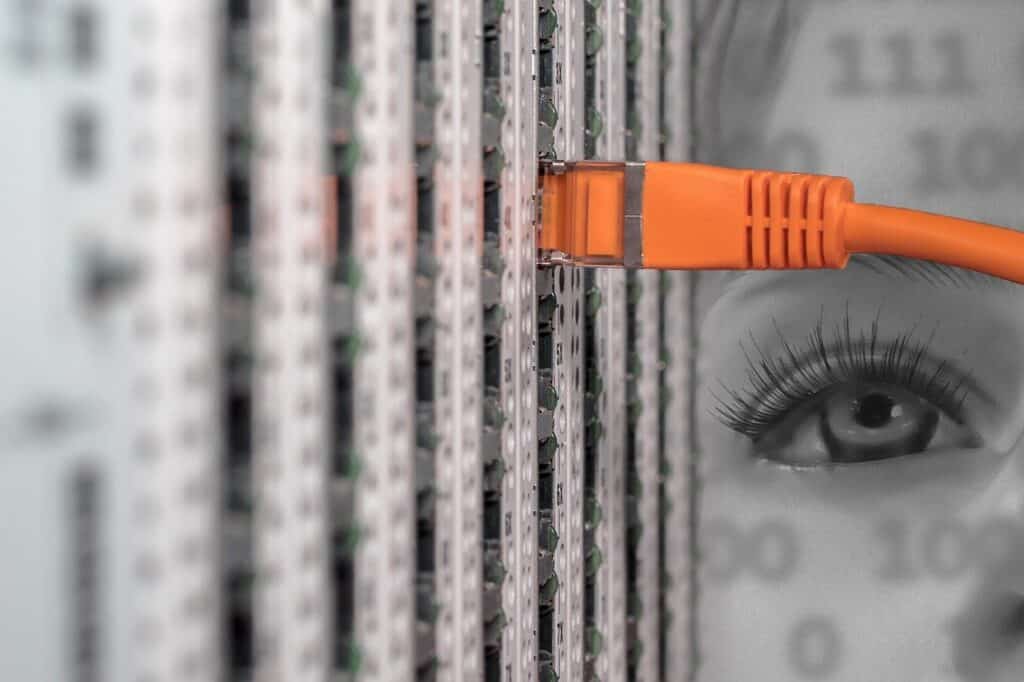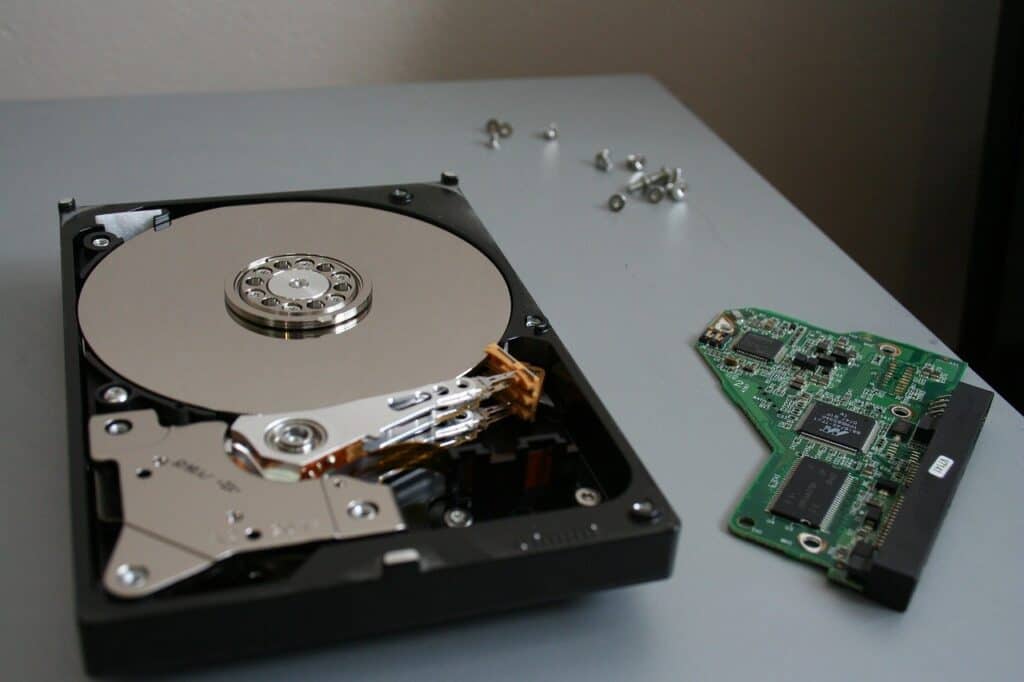Data destruction
What is data destruction?
Most people are confused with the term Data Destruction versus data deletion or formatting. Normally, when de data is deleted or formatted, it is no longer accessible by an operating system or for individuals, however, with an appropriate professional tool this data can be surely recovered.
Instead, Data destruction refers to the process of physically destroying data storage such as a hard disk drive, solid-state drive, optical disc, memory card, tape drive, etc. Which means that the data cannot be retrieved or reconstructed using a professional tool or some alternative technique, and the data is gone forever.
The main goal of data destruction is to protect personal and confidential information against breaches and other scenarios such as loss of company reputation. On the other hand, the organization must adhere to compliance with the legal regulations in force, in order to avoid penalties according to the APP (Australian Privacy Policy) or another legislation as GDPR (General Data Protection Regulation).

Why is Data destruction essential?
If your organization have a risk management and data disposal & destruction policy, surely, they’re not worried about it. But, in the scenario that your company doesn’t have it or isn’t well-versed, you could leave yourself vulnerable to security incidents, stiff fines and penalties, loss of consumer trust, and damage to your brand reputation.
Methods for secure data destruction.
According to your company’s needs, you need to choose which is the better method to use to securely destruct and dispose of data, it is very important to consider the following.
- Sensitive and confidential information is being disposed of or destroyed.
- Type of media: Hard Drives, CD’s, USB drivers, etc…
- The end-of-life value of the data asset,
- And finally, if there is an application or security framework and legal requirements to be disposed of.

Following on from the above, you need to decided which method is appropriate for your business:
- Deleted: It is suitable for reusing devices inside your organization.
- Digital shredding or wiping: This method overwrites data with other random characters with multiple passes.
- Degaussing: The method uses a strong magnetic field to rearrange the structure of the HDDs, guaranteeing that they can no longer be used.
- Physical destruction: The method ensures secure destruction using hydraulically crushed or mechanical shredded, which means that the data never can be retrieved or reconstructed. This practice is offered by some professional shredder companies.
Best practices and Data destruction Policy
There are many ways that your sensitive information can be accessed by thieves or cyber-attacks, and this doesn’t differentiate between the old electronics equipment that is being disposed of with sensitive information inside them.
Firstly, consideration in data disposal and destruction best practice is you are maintaining, and enforcing an equipment and disposal policy.
Secondly, you need to consider the next steps to ensure appropriate disposal and destruction practices:
- Select the electronics equipment that is no longer being used.
- Optimizes and enhance the life-cycle of storage devices, in order to help save resources.
- Determine the personnel or department charge who will oversee the data disposal and destruction process.
- Contact a professional shredding and destruction service, make sure you use a certificated company.
- Update asset your equipment inventory list, once you have disposed of.
- Request certification for the destruction that can satisfy regulatory requirements for your records.
In conclusion, by following all of the above and by adhering best practices, you can minimize data breaches and exposure to information leakage which will in in turn avoid fines and penalties for your business.